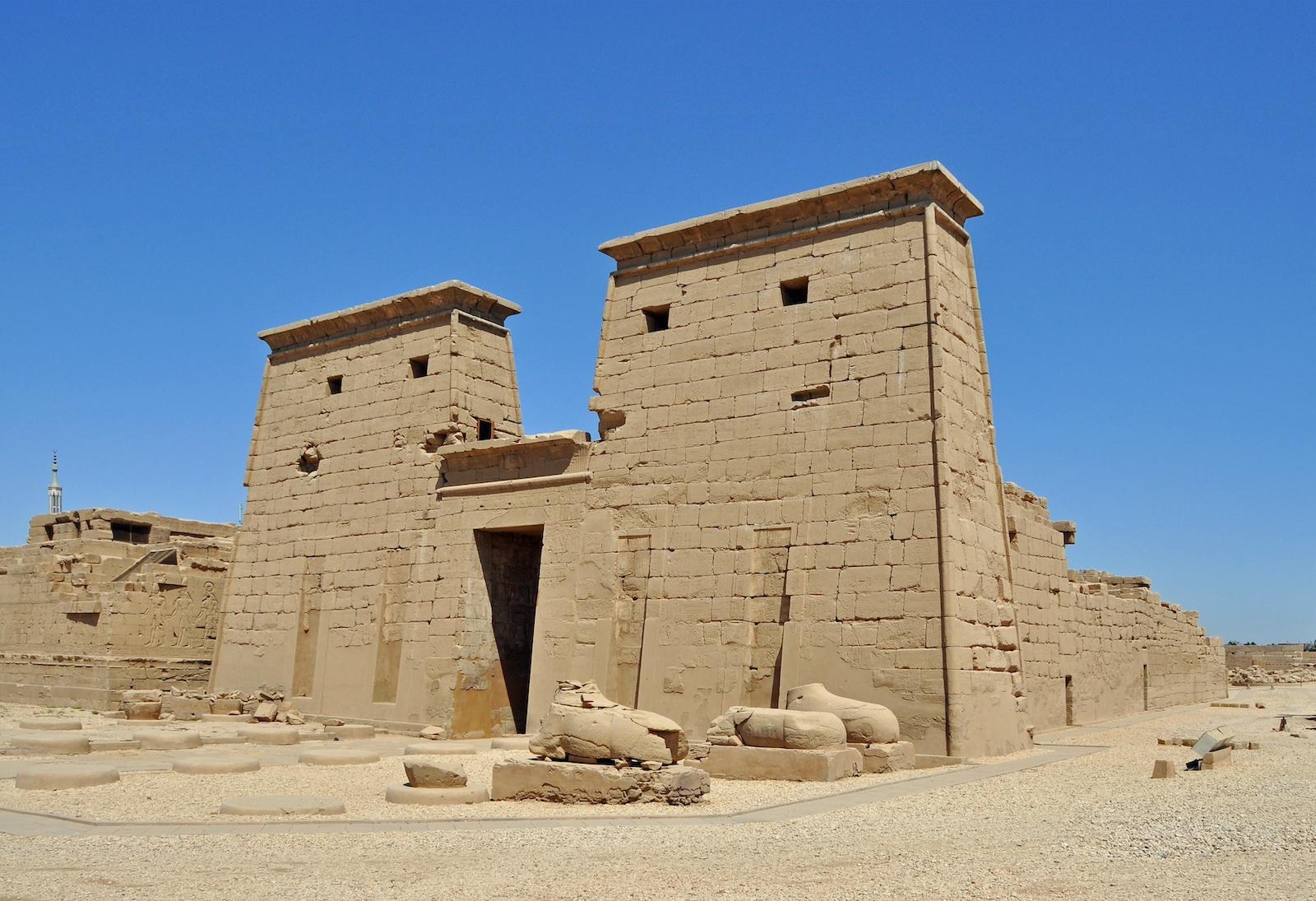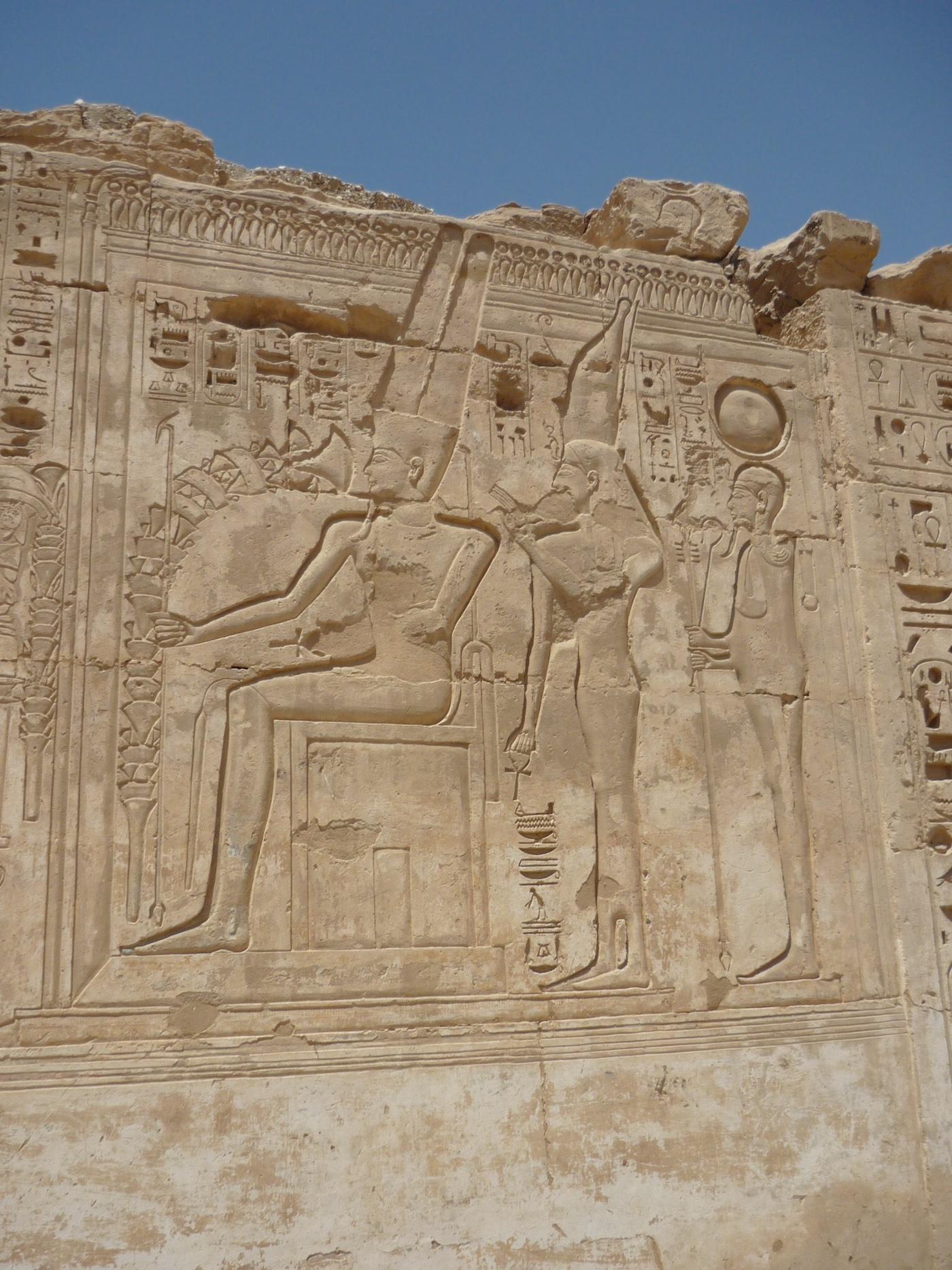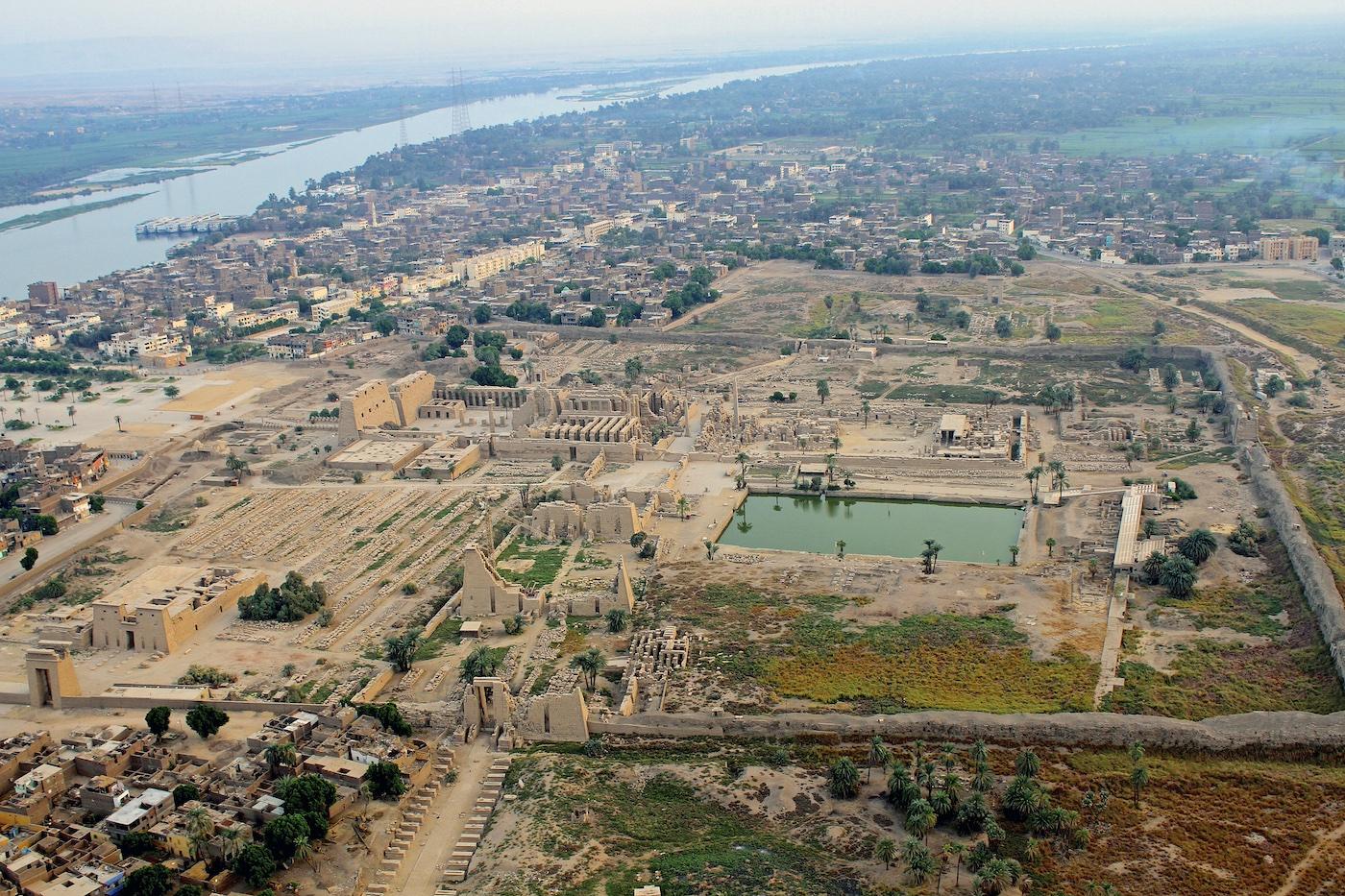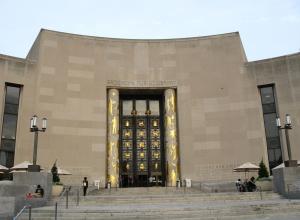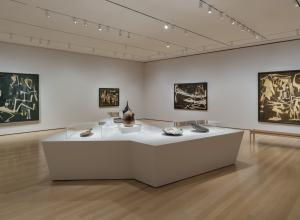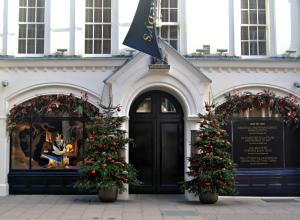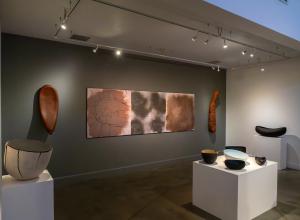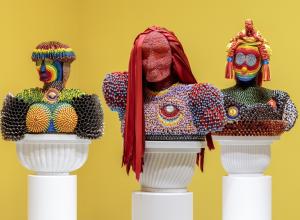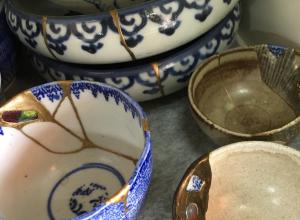A cultural gem, this Karnak complex—built around 4,000 years ago and home to 20 temples and chapels—is an essential place of worship believed by locals to be the site where creation began.
Among the 1,600-year-old jewelry found within the temple were gold and metal rings; beads; statues; amulets of animal deities; a metallic brooch; and eye-shaped amulets that symbolize rebirth in Egyptian culture.
What may come as the most intriguing find is the golden triad statuette of the Ancient Egyptian deities Amun, Mut, and Khonsu positioned beside one another. The three gods made up a divine family and have been found depicted together in other excavations around the country. Anum helmed the dynamic, as he was chief god of Thebes, his spouse Mut was a mother goddess, and their son Khonsu was a moon god.




